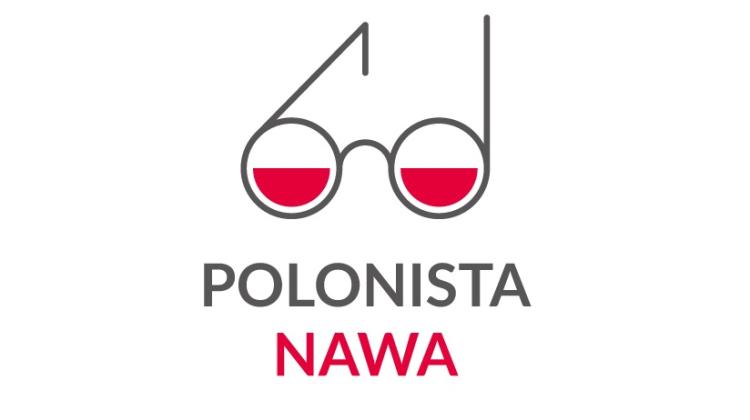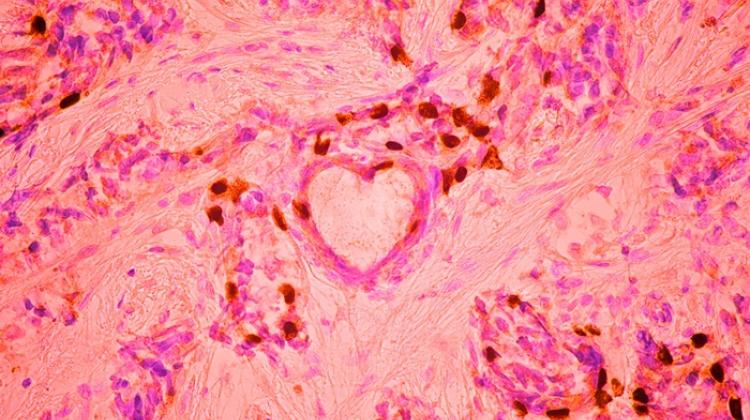Scientists look at making tourists safer in the mountains during a storm
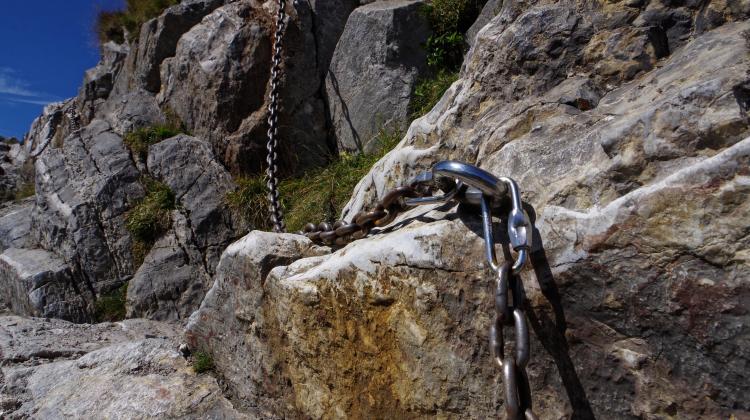 Zakopane, Tatra Mountains 11.09.2019 r. Photo: PAP/Grzegorz Momot
Zakopane, Tatra Mountains 11.09.2019 r. Photo: PAP/Grzegorz Momot
Chains on mountain hiking trails can be made of modified plastic instead of steel, which conducts electricity during storms. Scientists are working on a composite for use not only in the Tatra Mountains and the Karkonosze Mountains, but also in civil engineering, maritime transport and mining.
In an interview for PAP - Science in Poland, Dr. Krzysztof Ostrowski from the Faculty of Civil Engineering of the Cracow University of Technology talks about a composite that can replace steel. In the Lider XIV project financed by the Polish National Centre for Research and Development, his team will create a composite chain that will not conduct electricity. Engineers will also develop a system for mounting such chains and a special cement mortar. Researchers want to contribute to the replacement of safety systems used on mountain trails.
STEEL KEEPS YOU SAFE FROM ACCIDENTS, BUT NOT FROM A LIGHTNING STRIKE
Load bearing chains are most often made of steel, which is very tensile, flexible and easy to weld. According to Dr. Ostrowski, the production of a steel technical chain is not too complicated and involves bending a metal rod, forming it into a link and attaching it to the previous one. Steel chains used today have very good strength properties, but they conduct electricity. Such chains are commonly used to secure tourists on mountain trails - not only in the Polish Tatra Mountains or the Karkonosze Mountains, but also in other countries around the world.
'Despite the excellent strength properties of metal chains, they are unfortunately great conductors of electric charge and can contribute to tragic accidents. We still remember the most tragic storm so far, which occurred on August 22, 2019 in the Tatra National Park, in the Giewont area. Lightning struck 157 people. Many tourists suffered electrocution as a result of the transfer of an electric charge when they were holding on to metal safety chains’, Dr. Ostrowski said.
Scientists from his team decided to develop a new material from which it would be possible to make a chain that would protect tourists against slipping, falling and more serious accidents, but at the same time it would be free from problems related to the conduction of electricity. Ostrowski said: ’In the letter of intent signed with the Cracow University of Technology, the Tatra National Park expressed its will to replace metal chains and anchors on mountain trails - first on selected test sections, and when the solution proves successful, also on other trails. This would undoubtedly improve the safety of tourists during sudden weather changes.’
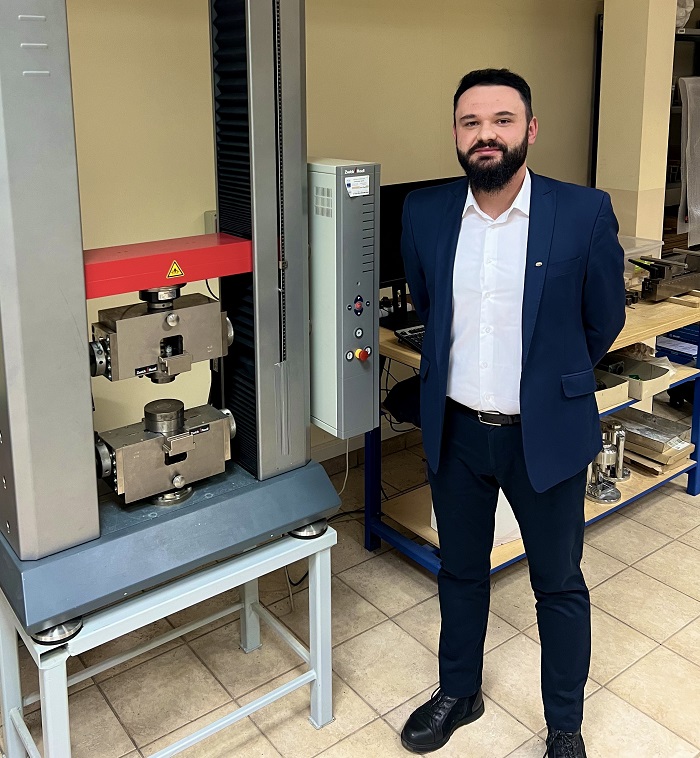
He added that the implementation of such a solution requires time-consuming research, support from the industry, going through the product certification process, and is fraught with design risk.
WE ARE ALL TOURISTS – ON MOUNTAIN AND SCIENCE TRAILS
The scientist proposes chains and anchors made of modified plastics, including recycled materials. This is a new approach and a big scientific challenge, because - as he has noted - the load-bearing elements used so far are made of metal. This gap can be filled by durable and environmentally resistant plastic composites.
Researchers will improve the properties of polymers using various dopants and additives. Then they will examine the composite mixtures and check whether the chains and anchors made from these materials have optimal properties. According to Dr. Ostrowski, even cement mortar intended specifically for glued anchors will be made with recycled materials.
The interdisciplinary group led by Dr. Ostrowski has already worked together on the technology of producing a chain that does not conduct electricity. They treated the earlier project involving the modification of the technology for producing a non-conductive chain, especially an industrial scale safety chain, as a pilot for a greater challenge.
'I am deeply convinced that we will get along great and cooperate - after all, we are all tourists and our goal is clear, although the trail we are following is definitely not easy.
'We will develop three products: a chain, an anchor and an assembly adhesive. Together, they will constitute a comprehensive safety system, but they can also be used separately, depending on needs,’ Dr. Ostrowski said.
APPLICATIONS ON LAND, AT SEA AND UNDERGROUND
He adds that these products can also be used in various industries. Firstly, in civil engineering - wherever chains for various purposes are useful. This chain can be used as an element of construction scaffolding equipment, for fencing off areas or for transporting materials and equipment. Secondly, in mining. A special luminescent chain can help miners navigate underground mines, improving visibility and safety. Thirdly, in transport, especially by sea. The chain will be designed to withstand the harsh conditions of the marine environment.
He said: ’I hope that the results of our research will not only improve the safety of tourists in the mountains, but will also be used in other areas, such as civil engineering, mining or maritime transport, bringing benefits to various groups of people and industries.’
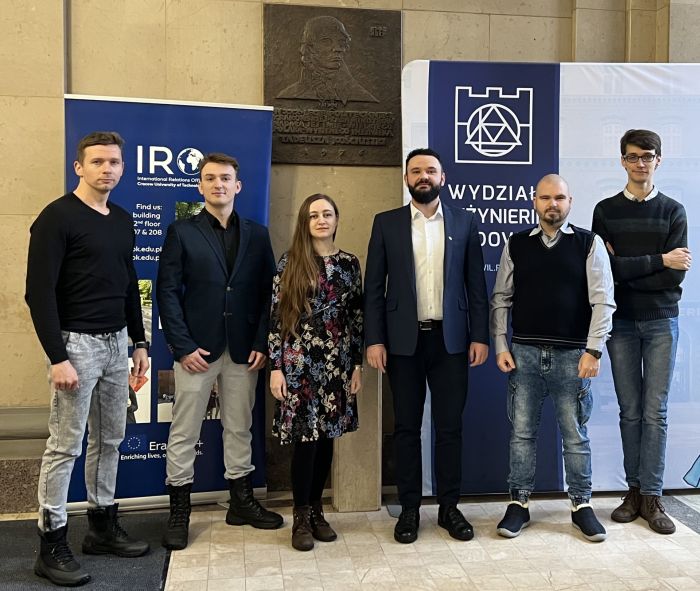
The scientists plan to cooperate with the socio-economic environment and companies to increase the chances of implementing and further development of the technology on an industrial scale. Dr. Ostrowski obtained nearly PLN 1.8 million for his research from the Polish National Centre for Research and Development 'Lider XIV' programme.
PAP - Science in Poland, Karolina Duszczyk
kol/ agt/ kap/
tr. RL
Przed dodaniem komentarza prosimy o zapoznanie z Regulaminem forum serwisu Nauka w Polsce.



